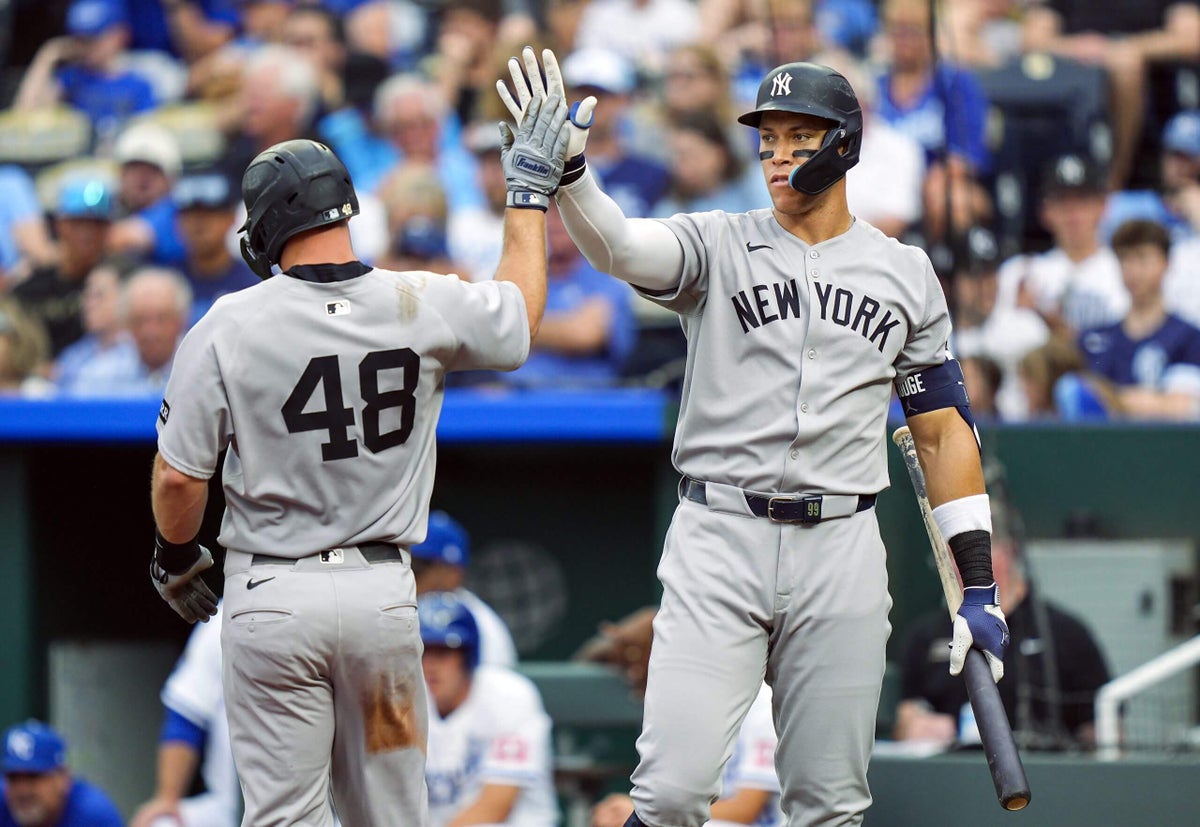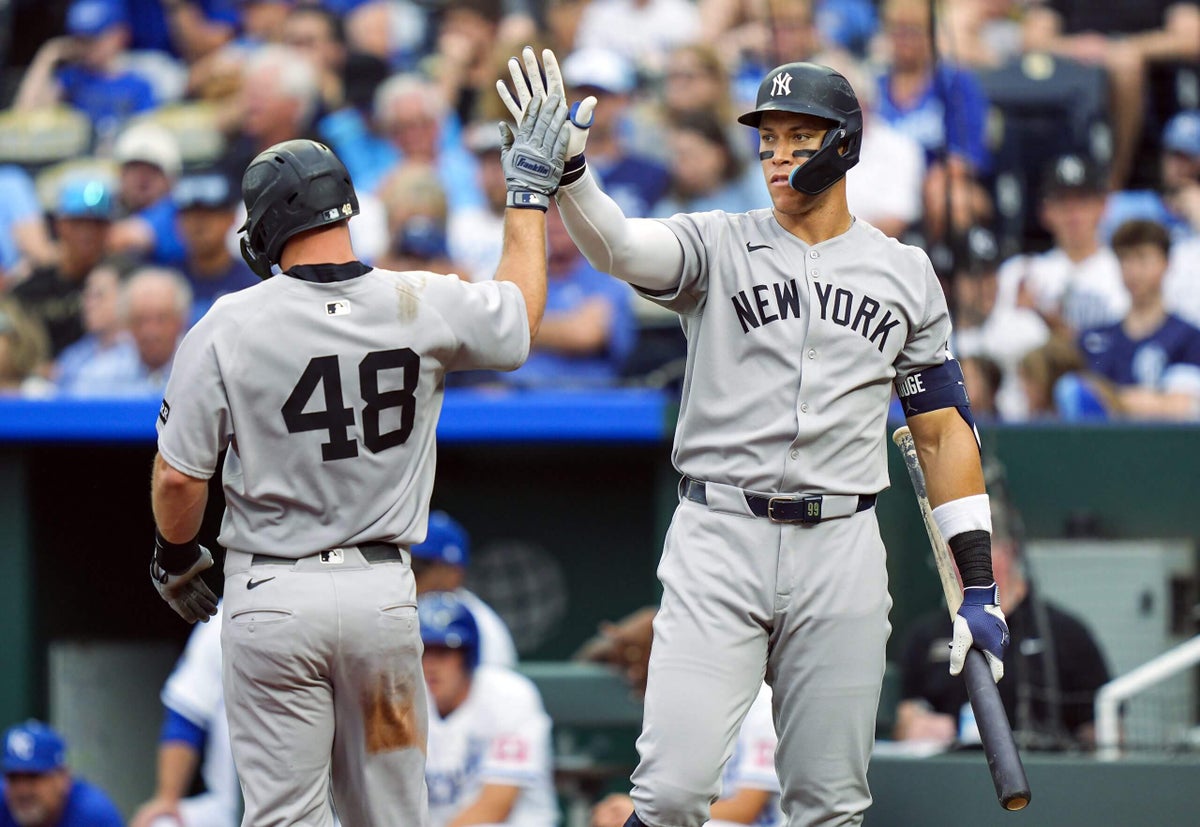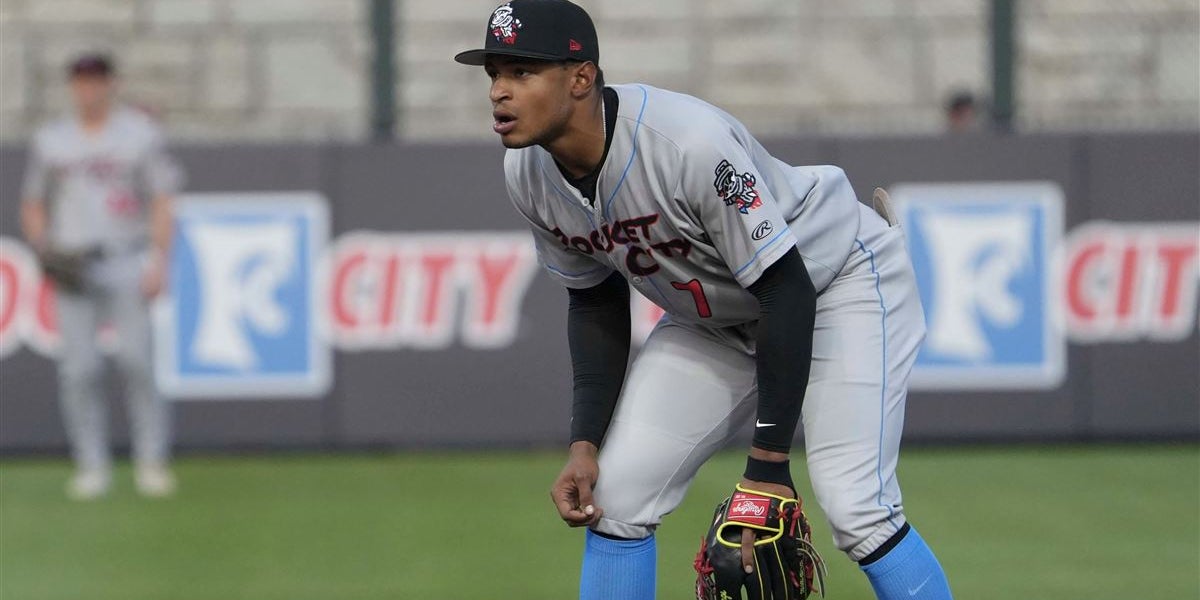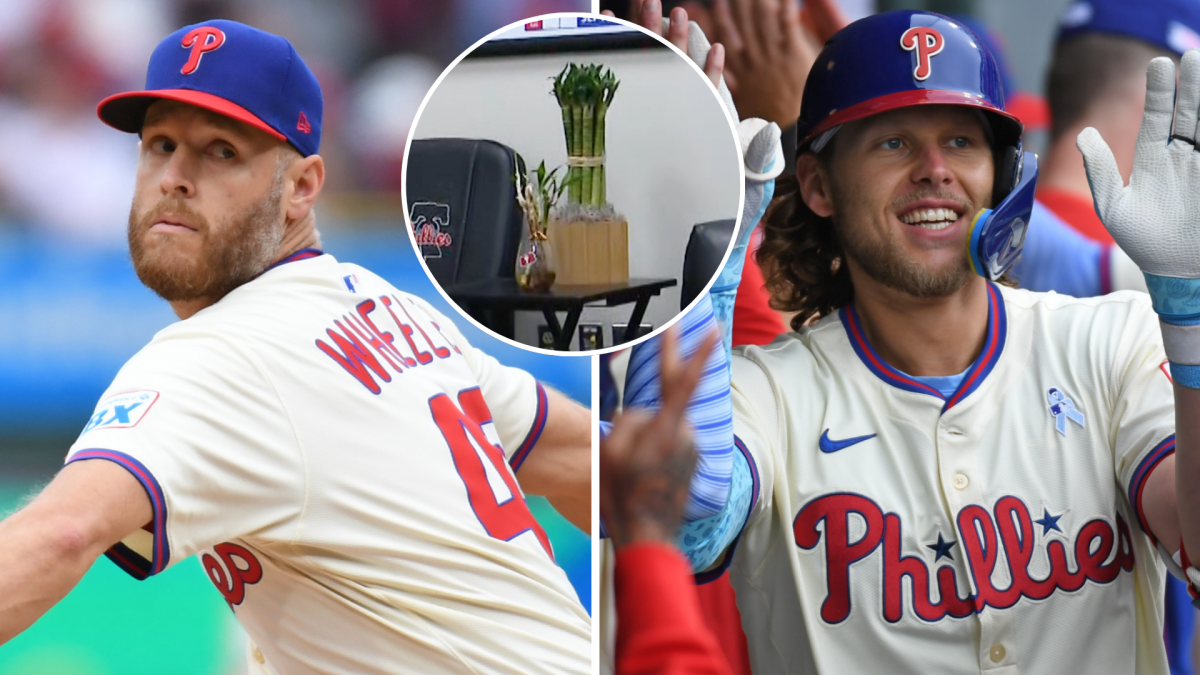
After analyzing every full MLB season since 1998 to find what statistical DNA most World Series champs had in common halfway through the year, some trends emerged — and five current teams fit the profile.
Baseball has always defied predictability, and that especially goes for the final outcome of each season: The 83-win St. Louis Cardinals won it all in 2006, for instance, while the 116-win Seattle Mariners didn’t even make the World Series in 2001. Compared with other sports, MLB’s postseason has a well-earned reputation as a crapshoot where the hottest team in October can slip past better ones on paper.
Advertisement
But even though the playoffs themselves might be anybody’s guess, the road to October success still leaves a trail, even halfway through the regular season. So I went back and retraced it, analyzing every full season since MLB expanded to 30 teams in 1998 to see where eventual World Series winners typically ranked in some key categories by the end of June.
Looking at the historical sample of data, the goal was to develop a set of rules that helped distinguish the genuine contenders from the pretenders and to narrow down as few actual champions as possible while simultaneously eliminating as many of the wannabes.
What follows is a checklist of statistical cut-offs that practically every eventual champion had found itself clearing halfway through the season. It’s not a perfect system, obviously: The exact thresholds are fitted (and probably over-fitted) to past data to include as many champs as possible, which runs the risk of excluding future champs around the edges. But it does capture 92 percent of past champs while correctly filtering out 85 percent of non-winners. It’s a fun and useful exercise to go through, if not simply to learn what strengths can power a team to a championship, while also looking at which weaknesses tend to weed a team out of contention.
*All data is as of Saturday, June 14
Factor 1: Rank among the top 13 in 2 of these 3 categories
- Win percentage
- Run differential
- Wins above replacement
Champs who followed it: 25 of 26
Exception: 2003 Florida Marlins (sixth in WAR, 17th in win percentage, 18th in run differential)
2025 teams eliminated: Diamondbacks, Athletics, Braves, Orioles, Red Sox, White Sox, Reds, Guardians, Rockies, Royals, Angels, Marlins, Pirates, Mariners, Cardinals, Rangers, Nationals
It’s not terribly surprising that future champs would already need to rank among the league’s better teams by the middle of the schedule. Even the ’06 Cardinals ranked seventh in win percentage and 13th in run differential through June. (They were 18th in WAR.) The lone oddball counter-example was a wild-card Marlins squad that hired a 72-year-old manager at midseason, got hot behind a few stars (Ivan Rodriguez, Josh Beckett, Dontrelle Willis) and benefited from a historic Cubs meltdown to reach the Fall Classic. Barring that kind of run from this year’s crop, we can eliminate more than half the league already — including no shortage of teams who were expecting a lot more from 2025.
Advertisement
Factor 2: Rank among the top 17 in OBP or top 11 in slugging
Champs who followed it: 25 of 26
2025 teams eliminated: Giants, Rays, Brewers
Past champs also tended to be around average (or better) at getting on base, and they especially tended to hit the ball with authority. Only four remaining champs since ’98 didn’t rank at least 16th in both OBP and slugging, and three of them came from the strange dynasty years of the San Francisco Giants. The other was the 2005 White Sox — a team that was as much about dominant, durable pitching as its hitting, anyway.
This year, a trio drops away with this rule; it’s a hard-luck elimination for the Rays (18th in OBP, 16th in SLG), but less so for the Giants and Brewers, who both rank outside the top 20 in slugging.
Factor 3: Rank among the top 11 in opponent batting average or top 16 in WHIP
Champs who followed it: 25 of 26
2025 teams eliminated: Dodgers, Phillies
Surely this step won’t be controversial at all… (kidding). Let’s unpack why the Dodgers — as well as the wild-card-leading Phillies — are getting bounced at this phase of the proceedings. When testing pitching metrics for what tended to separate World Series winners from non-winners in the historical data, opposing average and WHIP showed up as surprisingly strong differentiating factors: 58 percent of champs were among the top 5 in lowest average allowed, and 46 percent were top five in WHIP. For comparison, only 31 percent were top five in ERA or FIP.
Of our 25 remaining champs, 18 ranked top 10 or higher in both AVG allowed and WHIP at midseason. Only three — the 2021 Braves, 2013 Red Sox and 2011 Cardinals — ranked 16th or worse in both, like the Dodgers and Phillies currently do. That’s why these rules consider it unlikely — if not exactly impossible — for a team to overcome mediocre pitching.
Advertisement
Factor 4: Rank among the top 13 in quality starts or fewest meltdowns
Champs who followed it: 24 of 26
Exception: 2011 St. Louis Cardinals (23rd in QS, 30th in meltdowns)
2025 teams eliminated: Mets, Twins
These were another pair of perhaps interesting and surprising categories for inclusion, but again, it seemed to be common across World Series winners over the past three or so decades to possess either a high-level starting rotation or a strong bullpen at midseason. Some champs did both — the 2022 Astros, 1998 Yankees, 1999 Yankees, 2018 Red Sox, 2001 D-Backs, 2024 Dodgers and the aforementioned 2005 White Sox were all top five in both quality starts and fewest meltdowns. Only the 2011 Cardinals, who ranked near the bottom of the league in both categories by the end of June and didn’t begin to stabilize their bullpen until late in the year, managed to win the World Series.
In the cases of this year’s Mets and Twins, both are borderline top-20 teams at best in both categories, which calls into question whether each staff truly can carry a championship run.
Factor 5: Check at least four of these five
- Top 11 in lowest BABIP allowed
- Top 20 in batting clutch
- Top 20 in fewest HR/9 allowed
- Top 25 in lowest batting strikeout rate
- Top 25 in speed score
Champs who followed it: 24
2025 teams eliminated: Blue Jays
The final step involves a series of attributes that seem to matter at the margins once all of the bigger-picture categories (overall, plus batting and pitching) are already handled. The big one is defense — BABIP allowed (the inverse of defensive efficiency) was a more significant separator of champs from non-champs than other measures of fielding, and therefore comes with a higher bar to clear here.
The rest are basically asking teams not to be too terrible in categories like clutch hitting, home run avoidance on the mound, contact hitting and speed. Each historical champ was at least vaguely competent in most of those areas, while teams that made it this far but didn’t win were held back more by their weaknesses.
Advertisement
This year, only the Blue Jays are disqualified on the basis of a slow roster (29th in FanGraphs’ speed metric) and giving up too many homers (25th-fewest in HR/9 allowed).
Who’s left?
By process of elimination, that leaves just five teams who checked all of the boxes — or otherwise evaded elimination long enough to make it this far:
- Astros
- Cubs
- Padres
- Tigers
- Yankees
It’s probably not coincidental that those teams are also five of the top nine clubs, and four of the top six clubs in my Elo-based World Series forecast. The others in the top nine are the Dodgers, Mets, Giants and Rays. Of the five that made the cut, the Yankees, Tigers and Cubs have the best statistical odds, establishing themselves among a clear group of favorites that have begun to coalesce at the top of the rankings midway through the season.
In terms of futures odds, the Yankees currently sit at +550 to win it all at BetMGM, followed by the Tigers (+750), Cubs (+1300), Astros (+1600) and Padres (+2500).
There’s still room for weirdo teams like the 2011 Cardinals or 2021 Braves to make unlikely title bids, of course. I would count the Dodgers out at my own peril, checklist be damned. As we’ve seen in this exercise, though, high rankings at midseason are more than just fluff — they’re a surprisingly meaningful benchmark for October potential.
Sure, the postseason might still be a crapshoot once the games begin. But when we look back, a strange measure of predictability emerges in hindsight: Nearly every future champion had already laid some kind of groundwork for a title by the time the calendar flipped to July.
Neil Paine is a freelance writer whose work also appears regularly at ESPN.com, NASCAR.com, The Philadelphia Inquirer, Sherwood News and his eponymous Substack. He is the former Sports Editor at FiveThirtyEight, and was also an analytics consultant for the NBA’s Atlanta Hawks.
Betting/odds links in this article are provided by partners of The Athletic. Restrictions may apply. The Athletic maintains full editorial independence. Partners have no control over or input into the reporting or editing process and do not review stories before publication.
(Photo of Aaron Judge: Jay Biggerstaff / Getty Images)


